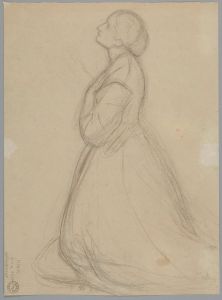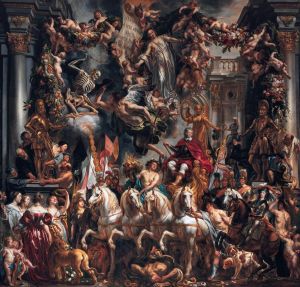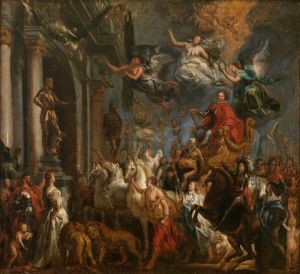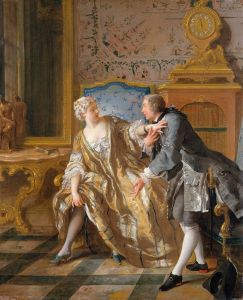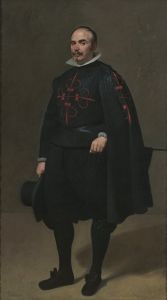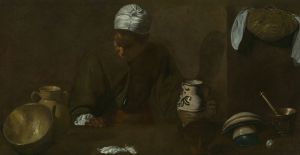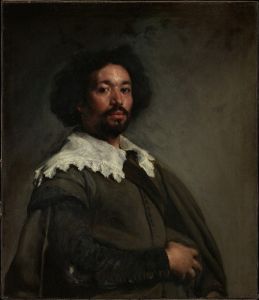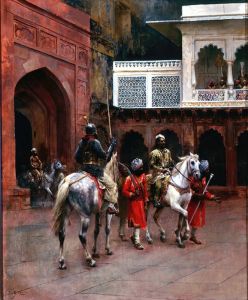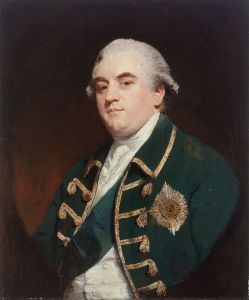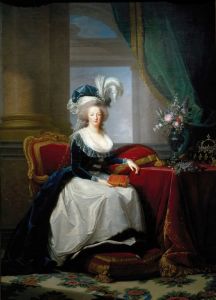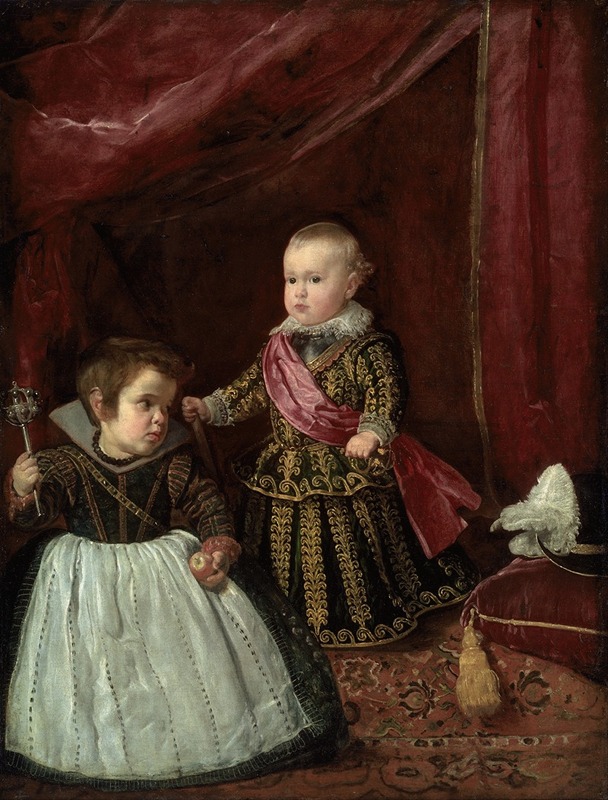
Don Baltasar Carlos with a Dwarf
A hand-painted replica of Diego Velázquez’s masterpiece Don Baltasar Carlos with a Dwarf, meticulously crafted by professional artists to capture the true essence of the original. Each piece is created with museum-quality canvas and rare mineral pigments, carefully painted by experienced artists with delicate brushstrokes and rich, layered colors to perfectly recreate the texture of the original artwork. Unlike machine-printed reproductions, this hand-painted version brings the painting to life, infused with the artist’s emotions and skill in every stroke. Whether for personal collection or home decoration, it instantly elevates the artistic atmosphere of any space.
"Don Baltasar Carlos with a Dwarf" is a painting by the renowned Spanish Baroque artist Diego Velázquez. Created around 1631, this artwork is an exemplary piece that showcases Velázquez's masterful technique and his ability to capture the essence of his subjects with remarkable realism.
Diego Velázquez was born in Seville in 1599 and became one of the most important painters of the Spanish Golden Age. He served as the leading artist in the court of King Philip IV of Spain, where he produced numerous portraits of the royal family and other notable figures of the time. Velázquez's work is celebrated for its sophisticated use of color, light, and composition, as well as his keen observation of human nature.
The painting "Don Baltasar Carlos with a Dwarf" depicts the young prince Baltasar Carlos, the son of King Philip IV and Queen Isabella of Bourbon. Baltasar Carlos was born in 1629 and was the heir apparent to the Spanish throne. In the painting, he is shown standing next to a court dwarf, a common figure in royal households during this period. Dwarfs were often employed as jesters or companions to the nobility, and their presence in portraits was not unusual.
In this work, Velázquez captures the innocence and regality of the young prince, who is dressed in elaborate court attire. The prince's clothing is richly detailed, with intricate embroidery and a sash that signifies his noble status. His expression is calm and composed, reflecting the dignity expected of a future king. The dwarf, standing beside him, is also rendered with great care, highlighting Velázquez's respect for all his subjects, regardless of their social status.
The composition of the painting is carefully balanced, with the figures positioned against a neutral background that emphasizes their presence. Velázquez's use of light and shadow adds depth and dimension to the scene, creating a sense of realism that was innovative for its time. The artist's skillful brushwork is evident in the delicate rendering of textures, from the softness of the prince's hair to the intricate patterns of his clothing.
"Don Baltasar Carlos with a Dwarf" is housed in the Prado Museum in Madrid, Spain, where it remains an important part of the museum's collection. The painting is a testament to Velázquez's talent and his ability to convey the humanity of his subjects, making it a significant work in the history of art.
This portrait not only serves as a historical record of the Spanish royal family but also provides insight into the cultural and social dynamics of the 17th-century Spanish court. Velázquez's portrayal of the young prince and his companion reflects the artist's sensitivity and his commitment to capturing the truth of his subjects, qualities that have earned him a lasting legacy in the world of art.





